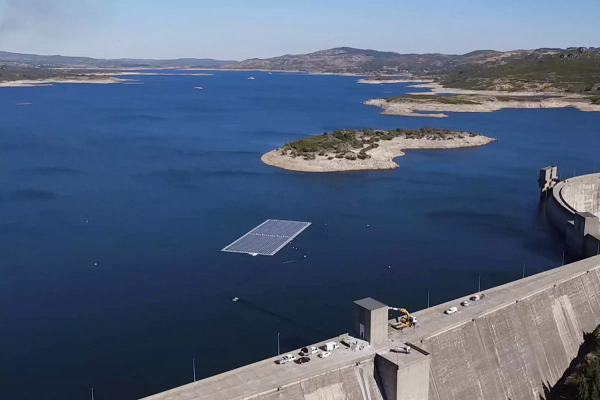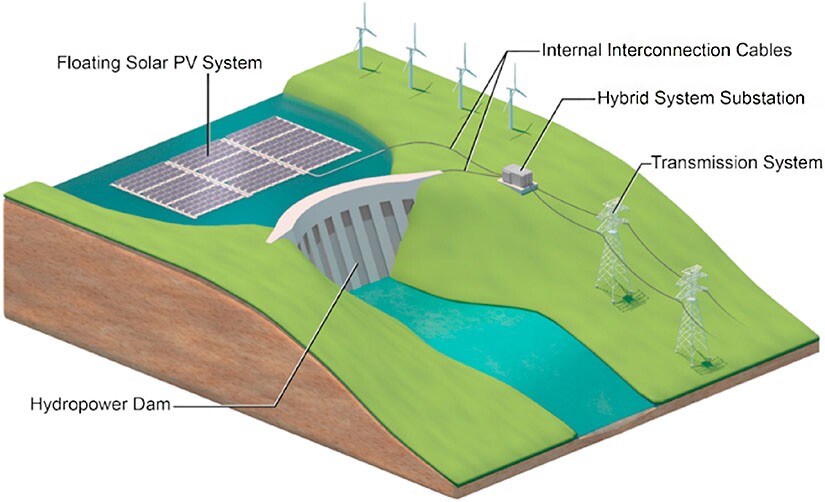
Breaking News
 Prominent Ukrainian Politician Assassinated In Broad Daylight On Streets Of Lviv
Prominent Ukrainian Politician Assassinated In Broad Daylight On Streets Of Lviv
 "We're Losing Our Community": Short-Term Rentals Are Ruining Three Rivers, Residents S
"We're Losing Our Community": Short-Term Rentals Are Ruining Three Rivers, Residents S
 Former CDC Vaccine Chief Demetre Daskalakis Who Resigns as Director of Immunization...
Former CDC Vaccine Chief Demetre Daskalakis Who Resigns as Director of Immunization...
 Blue Light's Shadow: A Weapon of Social and Technological Control | Elijah Schaffer
Blue Light's Shadow: A Weapon of Social and Technological Control | Elijah Schaffer
Top Tech News
 NVIDIA just announced the T5000 robot brain microprocessor that can power TERMINATORS
NVIDIA just announced the T5000 robot brain microprocessor that can power TERMINATORS
 Two-story family home was 3D-printed in just 18 hours
Two-story family home was 3D-printed in just 18 hours
 This Hypersonic Space Plane Will Fly From London to N.Y.C. in an Hour
This Hypersonic Space Plane Will Fly From London to N.Y.C. in an Hour
 Magnetic Fields Reshape the Movement of Sound Waves in a Stunning Discovery
Magnetic Fields Reshape the Movement of Sound Waves in a Stunning Discovery
 There are studies that have shown that there is a peptide that can completely regenerate nerves
There are studies that have shown that there is a peptide that can completely regenerate nerves
 Swedish startup unveils Starlink alternative - that Musk can't switch off
Swedish startup unveils Starlink alternative - that Musk can't switch off
 Video Games At 30,000 Feet? Starlink's Airline Rollout Is Making It Reality
Video Games At 30,000 Feet? Starlink's Airline Rollout Is Making It Reality
 Automating Pregnancy through Robot Surrogates
Automating Pregnancy through Robot Surrogates
 Grok 4 Vending Machine Win, Stealth Grok 4 coding Leading to Possible AGI with Grok 5
Grok 4 Vending Machine Win, Stealth Grok 4 coding Leading to Possible AGI with Grok 5
Study reveals potential of hydropower dams topped with floating solar

Hydropower plants that leverage the force of falling water to generate electricity are already an important part of the global energy mix, but a new study suggests they may have much more to offer. Scientists have carried out an analysis of the energy potential of combining these facilities with floating solar panels, calculating these hybrid plants could meet a "significant" portion of the world's current electricity needs.
The analysis was carried out by scientists at the US Department of Energy's National Renewable Energy Laboratory (NREL), who looked at the freshwater hydropower reservoirs currently installed across the world and their potential to accommodate floating solar photovoltaic panels on the water's surface. These systems could be retrofitted to allow solar power to be generated during the day, while the hydropower systems store up water and energy for use during peak demand periods.
As it stands, this kind of hybrid floating solar/hydropower system has been installed in only one location, as a pilot project in the dam of Portugal's River Rabagão. It is made up of 840 solar panels covering 2,500 square meters (27,000 sq ft) and has an estimated energy production capacity of 300 MWh. Energy provider EDP is planning to expand on this pilot project with an 11,000-panel floating photovoltaic system at the Alqueva hydro power plant, one of the largest energy storage facilities in Portugal.
According to the new analysis from the NREL, this is very much just scraping the surface of what these systems could offer. The team estimates that there are almost 380,000 other hydropower reservoirs around the world that could be fitted with these floating photovoltaic systems.


 HERE COMES THE MOTHERSHIP
HERE COMES THE MOTHERSHIP

